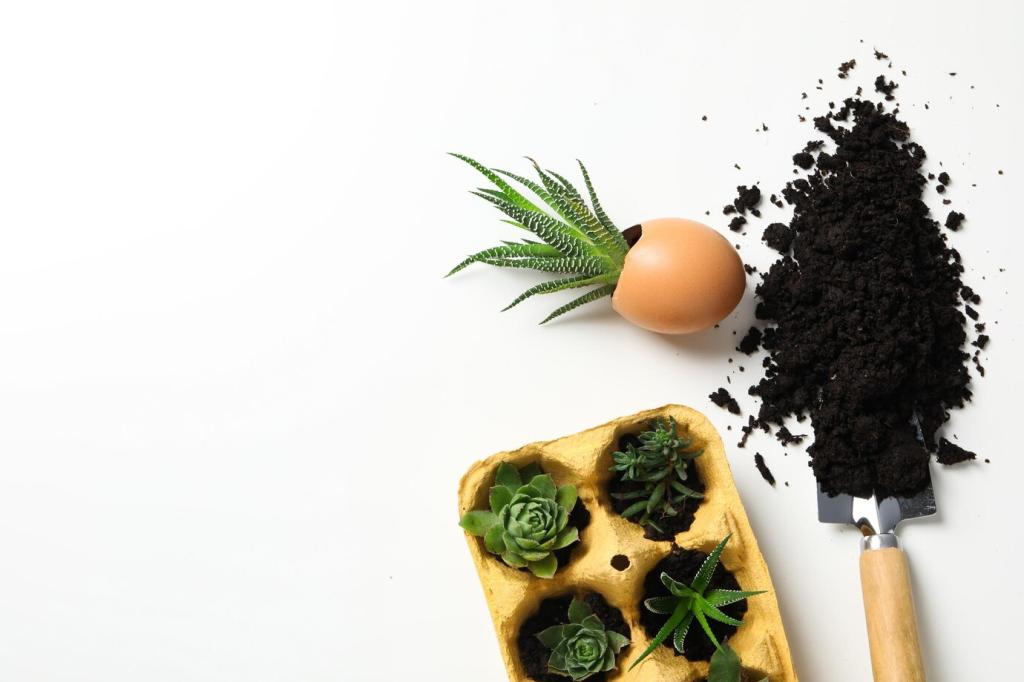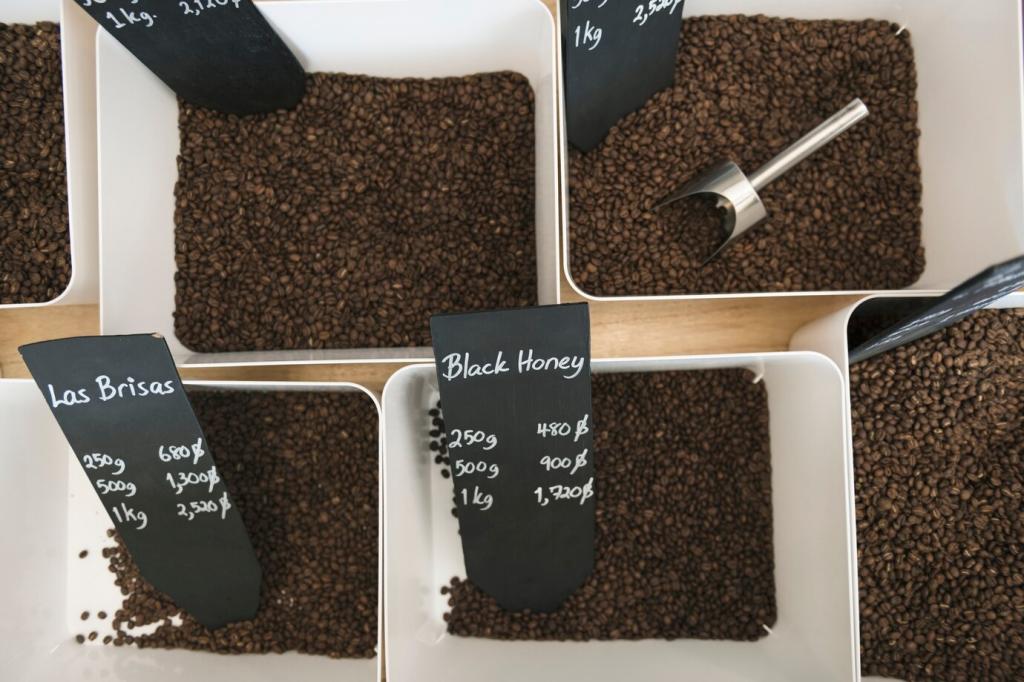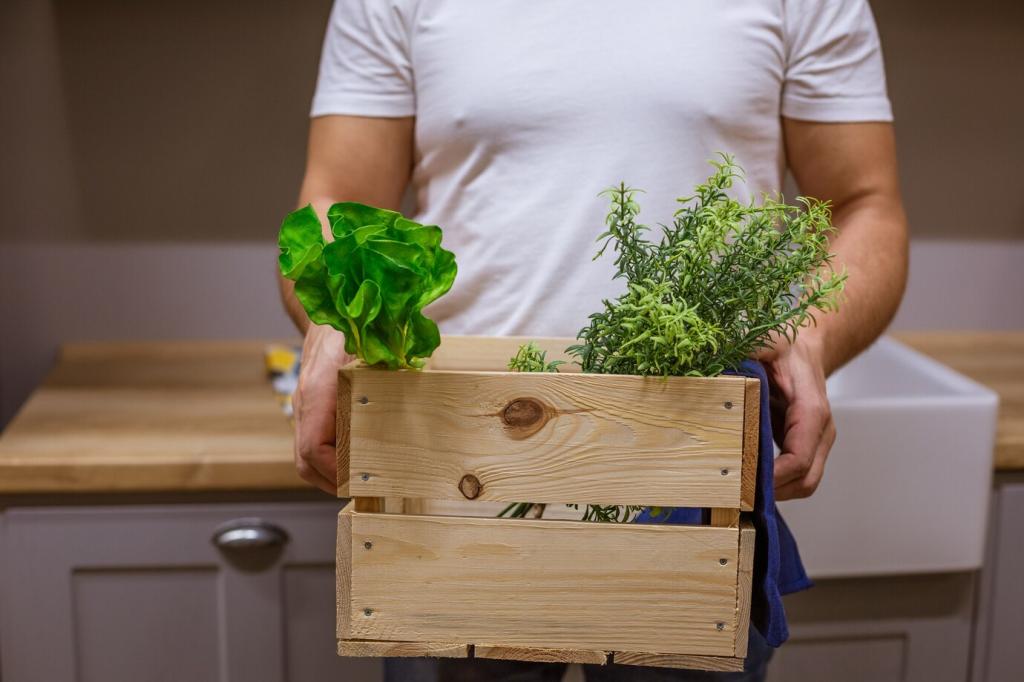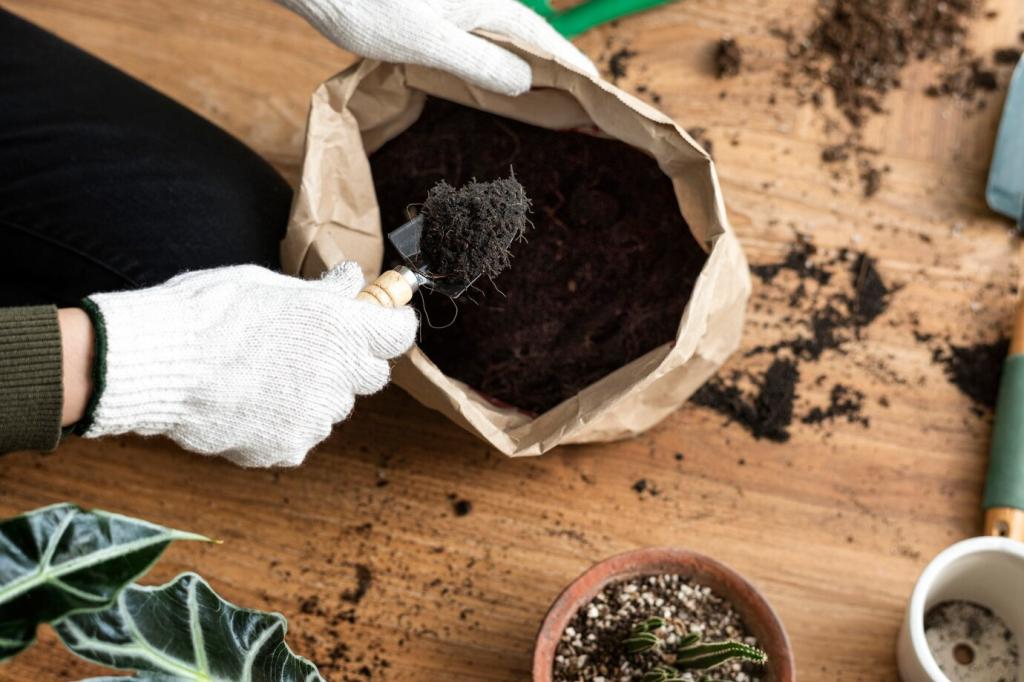Feed the Worms: Vermicomposting for Balconies
Red wigglers thrive in shallow bins, eating roughly half their body weight daily under good conditions. They prefer small, soft scraps, gentle moisture, and steady temperatures. Think cool shade, calm vibrations, and routine feedings your schedule can sustain.
Feed the Worms: Vermicomposting for Balconies
Start with fluffed, moistened shredded cardboard, coco coir, and a handful of finished compost for microbes. This airy mix prevents compaction, moderates moisture, and lets worms glide easily. Sprinkle crushed eggshells for grit and a gentle pH buffer.
Feed the Worms: Vermicomposting for Balconies
Use migration: feed one side heavily so worms naturally move, then scoop finished castings from the other side. Alternatively, pyramid under bright light and remove layers as worms dive. Keep it calm, slow, and pleasantly tidy.
Feed the Worms: Vermicomposting for Balconies
Lorem ipsum dolor sit amet, consectetur adipiscing elit. Ut elit tellus, luctus nec ullamcorper mattis, pulvinar dapibus leo.




